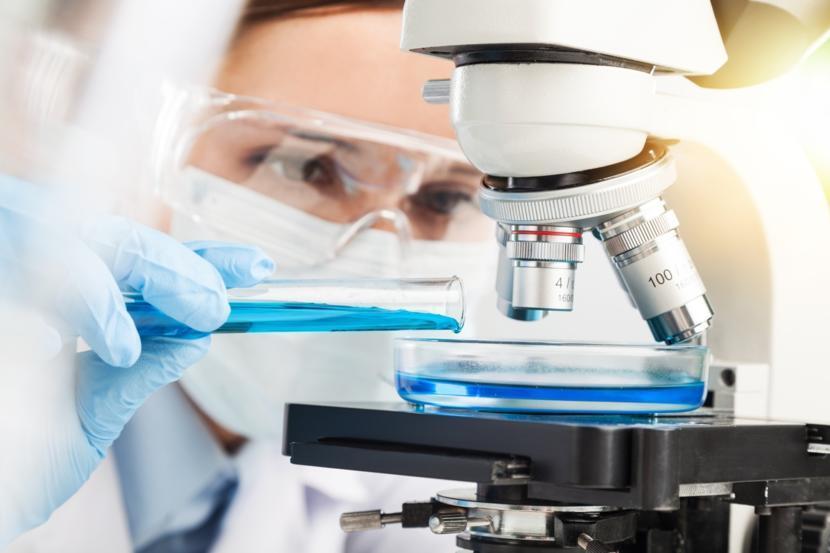Under-Skin Transplants Hold Promise for Type 1 Diabetes Patients

Type 1 diabetes, a disease that can radically alter how a person’s life will unfold right out of the womb, is an incurable condition that forces a patient to adapt to a new lifestyle. If they do not, they ultimately can face severe complications and extreme hardships as time goes on.
The cause behind its origins still remains a mystery, though it is believed that genetics, alongside external factors, can accelerate its appearance. Similarly, the cure has eluded researchers for decades. That is, until now. A recent study published in the Proceeding of the National Academy of Science has explored the possibility of using under skin transplants to treat patients with type 1 diabetes. This is, by far, an exciting development because it may actually cure a disease that many have struggled managing so early in their lives.
Their theory
For a long time, there has been a predominant theory regarding the treatment of type 1 diabetes. The theory hypothesizes that if a person receives a transplant of the beta cells responsible for insulin production in the pancreas, which were originally destroyed by the disease, the symptoms should disappear, as long as the new cells are not targeted by the immune system and are able to resume the original structures’ task. However, the main problem with this theory is with securing an environment in which the transplanted cells could thrive resulted. This has been a significant challenge for researchers. Fortunately, a breakthrough in this endeavor might be imminent, as a new study has discovered a new environment in which implanted cells might be able to inhabit and re-engage the body’s insulin production capacity.
The study in question was produced by researchers from the Institute of Biomaterials & Biomedical Engineering (IBBME) in Canada and consists of a revolutionary subcutaneous implant that might restore the body’s insulin production. The method has already been tested on a mouse and has shown excellent results.
For many years, it has been clear that the transplant of healthy beta cells was the key to improving type 1 diabetes. However, finding a suitable location for the implanted cells remained a hefty challenge. Delivering these implants to a region, such as the pancreas or other parts of the abdominal cavity, still remained an impossibility, as the acidity of the environment (due to the presence of digestive enzymes) would kill off the implanted cells in just a few days. In this manner, ridding a patient of type 1 diabetes would require an excessive amount of implanted cells, from multiple donors, which made the treatment both impractical and inefficient. For this reason, researchers had to look in other places to acquire a suitable implant location. The study in question evaluated the skin for its suitability as an implant location, with promising results.
In stark contrast with other studies, where securing an appropriate oxygen supply for the implanted cells was the main issue, this new method uses tissue engineering to create blood vessels for the implanted cells which, in turn, will bond with the host’s own blood supply to receive irrigation once implanted. This results in a seamless union between the host and the implanted cells, and will potentially allow the body to receive insulin from the latter. The main difference between a healthy individual and a diabetic with implanted cells will be that the former will receive insulin from their pancreas, whereas the latter will receive them from their subcutaneous cell implants.
This new method was tested on a mouse model bred with type 1 diabetes. The cell implants were made from collagen cylinders coated with endothelial cells. After being inserted into the skin of the mouse model, the cells provided glucose control for up to 21 days after insertion. In other studies, the implants had no effect on glucose control. Furthermore, upon examination of the implant site, researchers discovered that not only were the cells alive and thriving, they had also successfully bonded with the host’s blood vessels, and essentially became a part of their body, an event which had never happened in any other beta cell transplant ever.
This study has proven to be promising not only for the transplant of beta cells in diabetic patients but also as a valuable tool for the study of vascularization and for the use of the skin as a medium to secure a sufficient blood supply in said transplants.
The risks that come with type 1 diabetes
Type 1 diabetes is a metabolic condition that affects mainly how the body processes sugars and glucose. Specifically, the disease completely removes the person’s insulin-producing capacity via the destruction of the pancreatic beta cells. It is an autoimmune disease, as the main reason behind said structures’ destruction is, for unknown reasons, due to being erroneously targeted by the person’s very own immune system.
This lack of insulin leads to constantly increased blood sugar levels, alongside other symptoms such as increased urination, increased thirst and hunger, and noticeable weight loss despite an increased appetite. Furthermore, there may exist other symptoms such as constant fatigue and, more dangerously, poor healing due to decreased blood flow, especially in distal extremities. The latter symptom is the main reason behind the condition known as diabetic foot, in which these extremities, which are constantly exposed to dangers and are one of the most used structures in our body, may get cut or bruised and, due to poor blood flow, will have trouble healing. These difficulties may lead to infections and, in the worst case scenario, amputation of the affected limb.
As was mentioned above, the cause behind type 1 diabetes is still unknown, though there are several risk factors known to increase its incidence, such as the existence of a family member with the disease, as well as other genetic or environmental factors. Unlike type 2 diabetes, there is no way to prevent its type 1 variant.
There is no prediabetic phase when it comes to this condition, in particular. Furthermore, those who are diagnosed with type 1 diabetes will depend on insulin injections for the rest of their lives, as their bodies will not receive the vital hormone from its own source, the pancreas. Additionally, a diet low in sugars, alongside constant exercise will help to stave off symptoms and ensure the person’s quality of life.
If left to its own devices, the disease can cause serious complications, which might result in the person’s early expiration due to diabetic ketoacidosis (excessive blood sugar) or falling into a coma due to a nonketotic hyperosmolar state.











